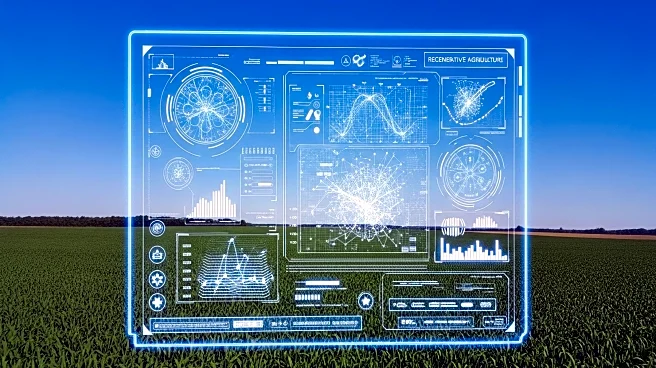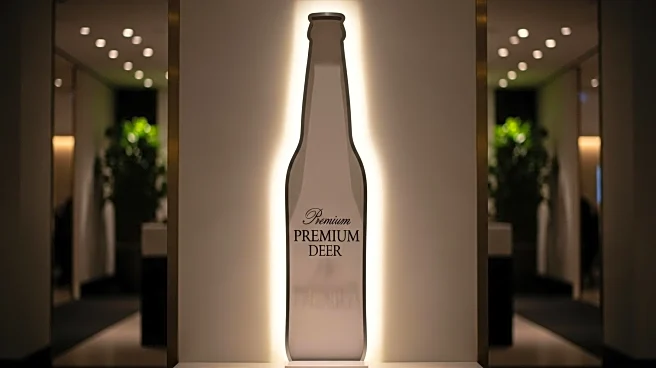What's Happening?
Germany, traditionally known for its beer culture, is now leading the world in nonalcoholic beer consumption. The trend is driven by health-conscious consumers, including young people and athletes, who prefer nonalcoholic options. Nonalcoholic beer now accounts for about 9% of beer production and consumption in Germany, with expectations to reach double digits soon. Major German brewers offer a variety of nonalcoholic beers, adhering to the country's purity laws. The shift is seen as a response to declining overall beer consumption and rising production costs.
Why It's Important?
The rise of nonalcoholic beer in Germany reflects changing consumer preferences towards healthier lifestyles. This trend could influence global beer markets, encouraging other countries to expand their nonalcoholic offerings. For German breweries, nonalcoholic beer provides a lifeline amid economic challenges, helping them maintain profitability. The shift also highlights the potential for innovation within traditional industries, as brewers adapt to meet new consumer demands.
What's Next?
As nonalcoholic beer gains popularity, German breweries may continue to innovate and expand their product lines. Other countries might follow Germany's lead, increasing their production of nonalcoholic options. The trend could also impact marketing strategies, with breweries focusing on the health benefits of nonalcoholic beer. Additionally, the industry may explore new markets, such as regions with cultural or religious restrictions on alcohol consumption.
Beyond the Headlines
The shift to nonalcoholic beer raises questions about the future of traditional beer culture and its adaptation to modern health trends. It also underscores the importance of sustainability in production practices, as breweries seek to balance tradition with innovation.











